
If your feet show these 5 signs, it may be a warning of a serious condition
If your feet show these 5 signs, it may be a warning of a serious condition: Pay closer attention when washing your feet every day
Be alert if you notice these 5 unusual signs on your feet!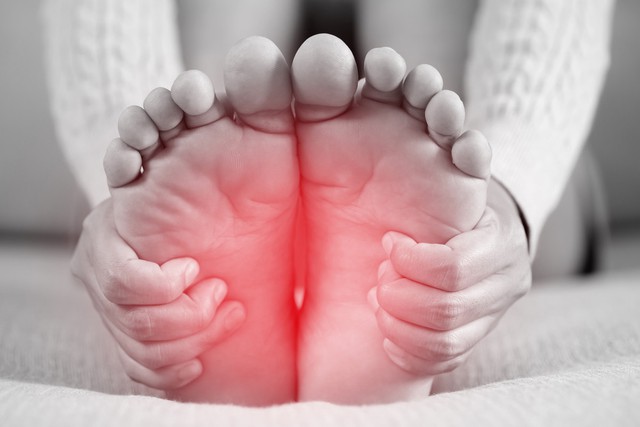
Washing your feet daily may seem like a simple hygiene routine before bed, but persistent abnormalities in your feet can be important warning signs of underlying health problems. Paying attention to foot health can help detect these conditions early.
Sign 1: Persistent numbness in the feet
This is not temporary numbness caused by pressure or posture. Instead, it’s a persistent tingling, burning, or numb sensation, like wearing socks or gloves, or feeling as if you’re walking on cotton. These symptoms may indicate:
-
Diabetes – Peripheral neuropathy:
High blood sugar over time can damage peripheral nerves, often causing symmetrical numbness starting from the extremities. -
Lumbar disc herniation:
A herniated disc may compress nerves that control the legs and feet (such as the sciatic nerve), causing numbness in one or both feet, often accompanied by lower back pain. -
Vitamin B deficiency — especially B1, B6, and B12:
These vitamins are essential for nerve health. Deficiencies may lead to neuritis and numbness.
If temporary numbness caused by posture is ruled out, persistent symptoms should be evaluated by a neurologist or endocrinologist.
Sign 2: Unusual swelling in the feet
Swelling in both feet or ankles that leaves an indentation when pressed (pitting edema) may signal:
-
Heart failure:
Reduced pumping ability causes circulation problems. Fluid accumulates in the lower parts of the body, often with palpitations or shortness of breath. -
Kidney disease:
When kidneys fail to filter water and sodium properly (e.g., nephrotic syndrome or kidney failure), body-wide swelling may occur — puffy eyelids in the morning, more obvious foot swelling in the afternoon. -
Venous insufficiency or blood clots:
Weak vein valves or blocked blood vessels prevent blood from returning to the heart. Swelling usually affects one foot or calf and may come with pain or darkened skin.
Identifying the cause is crucial. Depending on symptoms, consult a cardiologist, nephrologist, or vascular surgeon.
Sign 3: Abnormal changes in toenails
-
Yellow, thick, and brittle nails:
Often due to fungal infection, but may also indicate severe psoriasis. -
Spoon-shaped nails:
The center of the nail dips while the edges rise — a common sign of iron deficiency anemia. -
Dark vertical streak under the nail:
Be cautious of melanoma or nail matrix tumors, especially if the band is >3 mm, uneven in color, or has unclear borders. -
Clubbing of the nails:
Swollen nail tips with increased curvature indicate chronic oxygen deficiency and are associated with chronic lung disease, lung cancer, or cirrhosis.
Any abnormal nail changes should be evaluated by a dermatologist.
Sign 4: Abnormal foot temperature
-
Cold feet:
If your feet stay cold even in a warm environment, it may indicate poor circulation — e.g., peripheral artery disease caused by atherosclerosis. -
Burning sensation:
A burning feeling in the soles that worsens at night can indicate neuropathy, vitamin B deficiency, or metabolic disorders like hyperthyroidism.
Persistent temperature abnormalities warrant vascular or endocrinology tests such as vascular ultrasound.
Sign 5: Slow-healing wounds on the feet
A small cut, blister, or ulcer that doesn’t improve after two weeks — or worsens — is concerning.
Possible causes include:
-
Diabetic foot:
High blood sugar damages nerves (causing numbness → unnoticed injuries) and blood vessels (poor circulation → poor healing). Infection risk is high and may lead to amputation. -
Peripheral arterial disease:
Blocked arteries deprive tissues of oxygen and nutrients, preventing healing. -
Immune disorders or malnutrition:
Reduce the body’s ability to repair damage.
Check your entire foot daily during washing — including soles and between the toes — for blisters, discoloration, or wounds.
Daily foot care & when to seek medical help
-
Observe your feet daily:
Check color, temperature, swelling, and wounds while washing. -
Keep feet clean and dry, especially between toes to prevent fungal infections.
-
Wear proper shoes and socks:
Avoid tight shoes; choose breathable cotton socks. -
Manage underlying conditions:
Control blood sugar, blood pressure, and cholesterol to protect nerves and blood vessels. -
Seek immediate medical attention if any of the above signs persist.
You may first consult a general practitioner or dermatologist, then be referred to specialists such as an endocrinologist, cardiologist, vascular surgeon, or neurologist.
News in the same category


6 Silent Warn.ing Signs of Br.east Can.cer Women Often Miss — Don't Ignore These Signals
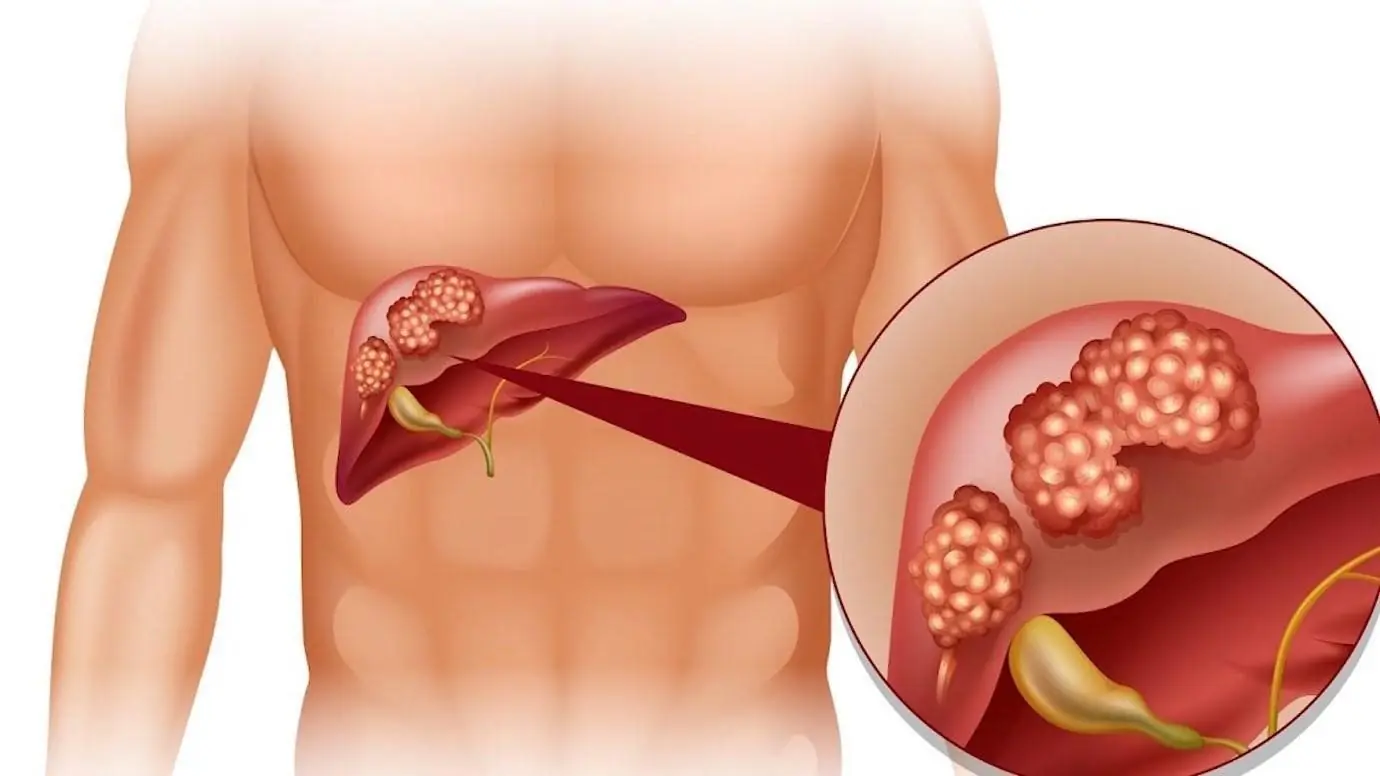
Your Li.ver Is Tired — 7 Hidden Signs You’re Mistaking for “Normal” Stress

The Hidden Mineral Deficiency Behind Your Fatigue, Bloating, and Anxiety

A 38-Year-Old Woman With a Sto.mach Ulcer Never Imagined Her Daily Habit Would Lead to Such Serious Consequences

5 Times You Should Never Take a Shower — No Matter How Dirty You Are

Two everyday seasonings many people use are “catalysts” for thy.roid can.cer

15 Hidden Warning Signs of Can.cer You Should NEVER Ignore—Spot Them Early!

The Heart-Boosting Secret: How Eating Eggs Daily Could Help You Live Longer

6 Delicious Foods Packed with Collagen for Healthier Skin & Joints: Boost Your Glow Naturally!

Doctors Reveal: Eating Okra May Cause Unexpected Health Effects
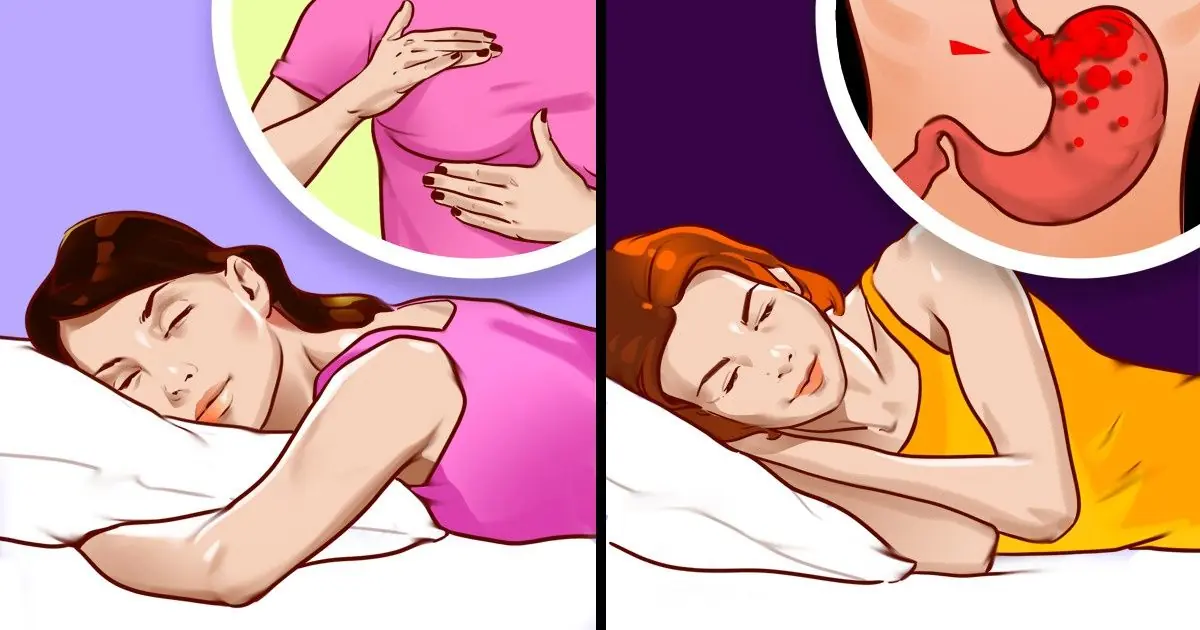
Stop Sleeping on Your Right Side — Here’s Why It’s Hurting You

People with weak hearts and heart disease often have difficulty avoiding these 5 "strange" feelings when sleeping at night!

Affordable Local Fruits and Vegetables That Reduce Blood Fat

Doctors Urge the Public to Avoid These 4 High-Risk Beverages

A 40-Year-Old Woman Visits the Doctor for Bloating—But Ends Up Discovering Can.cer
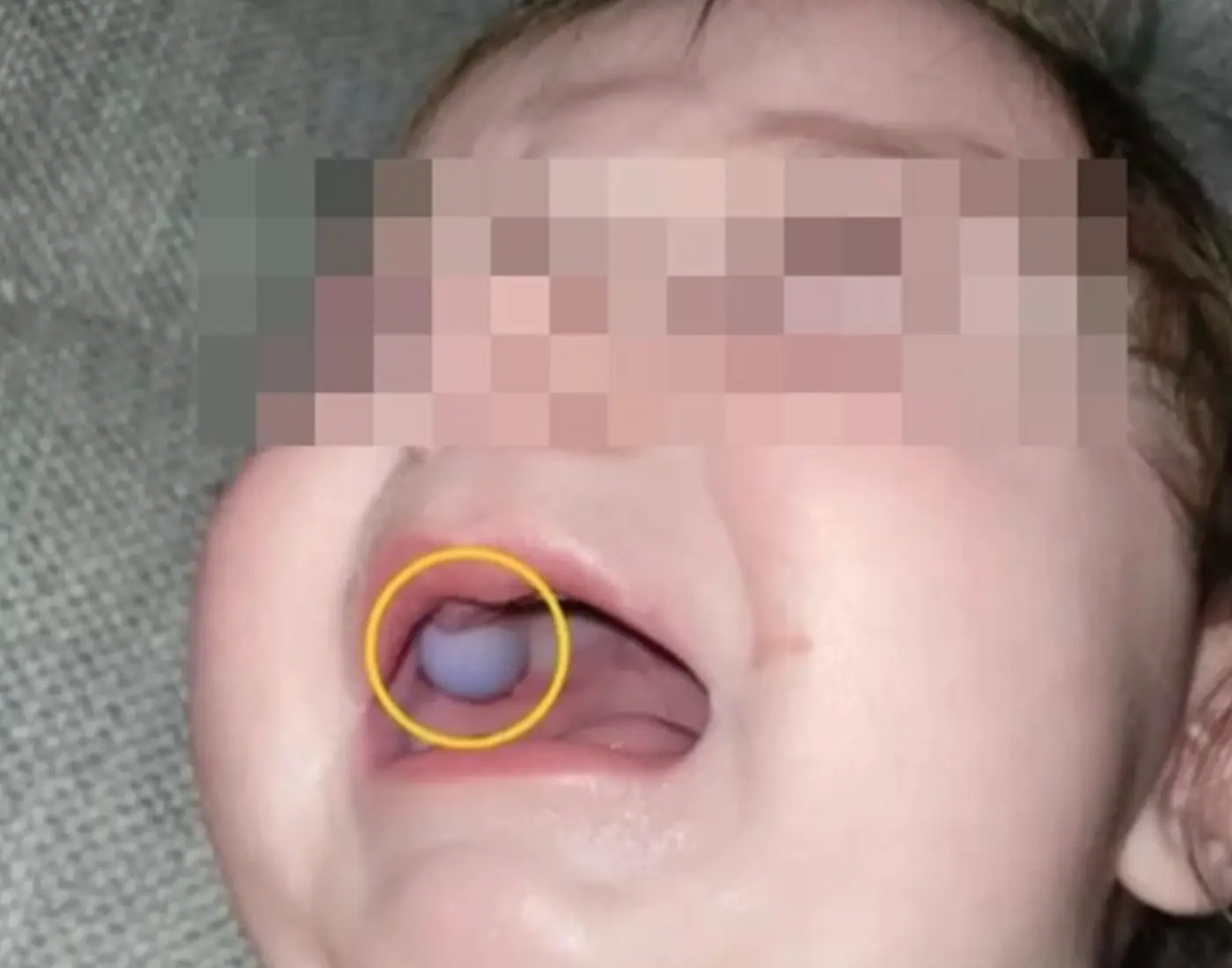
Doctors were sho.cked when they initially thought the 9-month-old baby had an abnormal growth in his mouth

To prevent colorectal can.cer, you must know this

What causes the green ring around hard-boiled eggs?
News Post
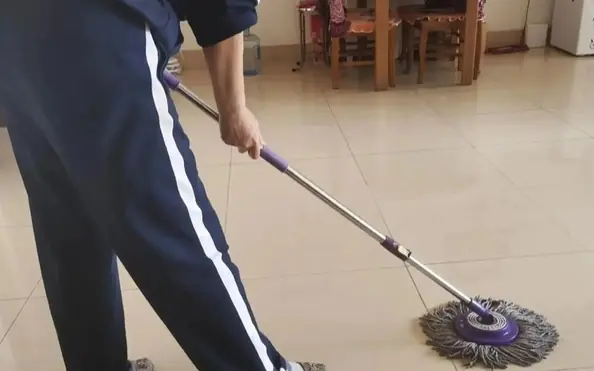
4 TERRIBLE MISTAKES That Make Your Home Smell Bad All the Time — Without You Realizing It
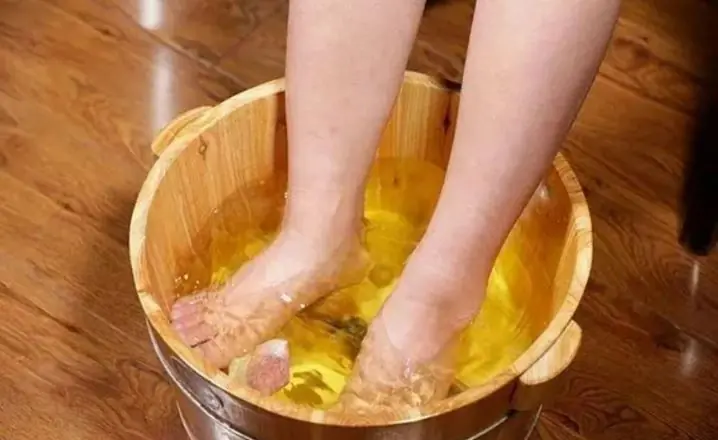
Rubbing Ginger on Your Feet Before Bed: Men and Women Will Be Surprised by Its Benefits!

Cervical Can.cer: Are You in a High-Risk Group?

Eating Bananas on an Empty Stomach: Healthy Habit or Hidden Dan.ger?

The Forgotten Home Remedy That Instantly Soothes Tooth.ache

8 Can.cer-Kill.ing Foods You Should Add to Your Diet Immediately

6 Silent Warn.ing Signs of Br.east Can.cer Women Often Miss — Don't Ignore These Signals

The Hidden Healing Plant: Why Euphorbia Hirta Is Becoming Nature’s Most Unexpected Health Powerhouse

Your Li.ver Is Tired — 7 Hidden Signs You’re Mistaking for “Normal” Stress

The Silent Metabolism Kill.er: How Your “Healthy” Breakfast Is Slowing Your Fat Burn All Day

The Morning Habit Des.troying Your Skin! Find out now!

The Hidden Mineral Deficiency Behind Your Fatigue, Bloating, and Anxiety

The 7-Second Rule: The Surprising Morning Habit That Transforms Your Gut, Energy, and Mood

A 38-Year-Old Woman With a Sto.mach Ulcer Never Imagined Her Daily Habit Would Lead to Such Serious Consequences

5 Times You Should Never Take a Shower — No Matter How Dirty You Are

Top 10 “Most Beautiful Women in the World” According to the New “Golden Ratio” Calculation

91 YEAR-OLD WOMAN ARRESTED FOR TRYING TO STEAL MEDICATION

How to Use Onion to Get Rid of Pests:
